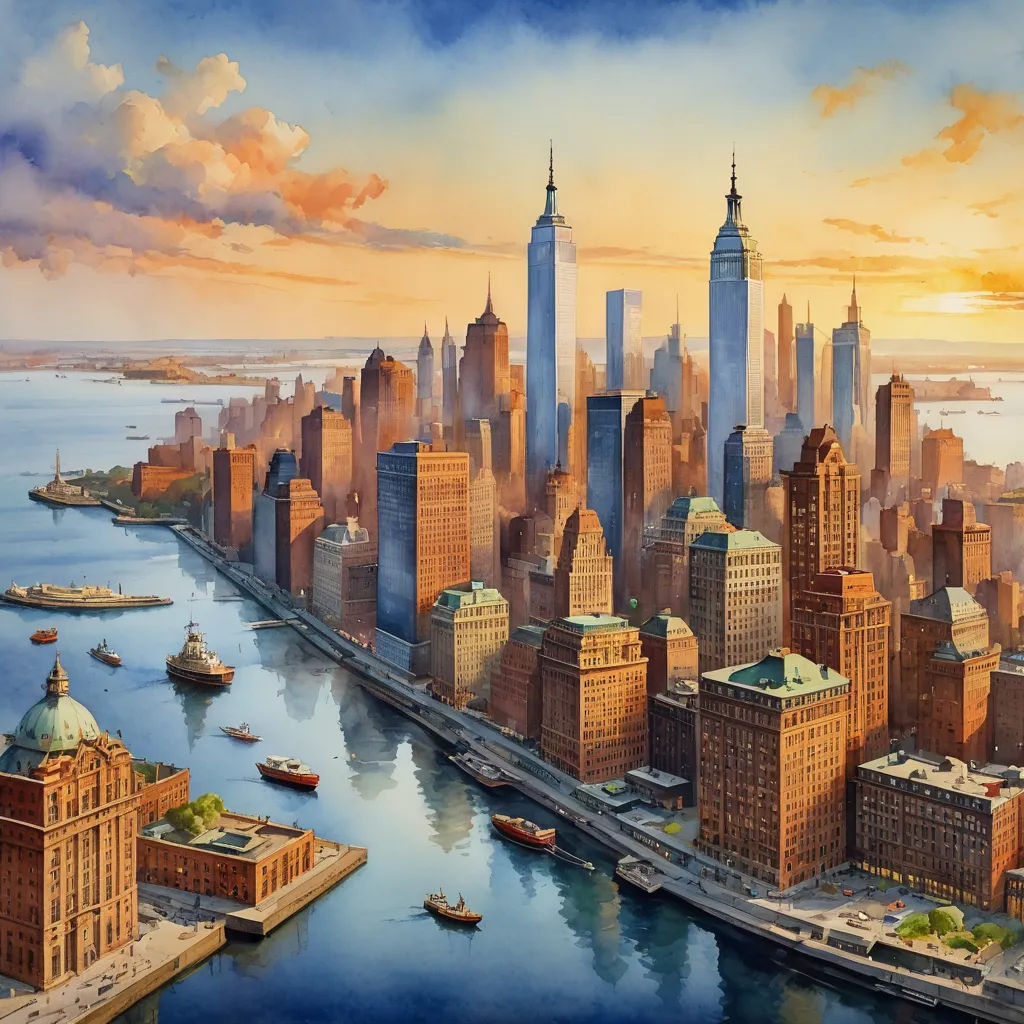
The Rise of the Concrete Jungle
By Jayden

30 Jan, 2024
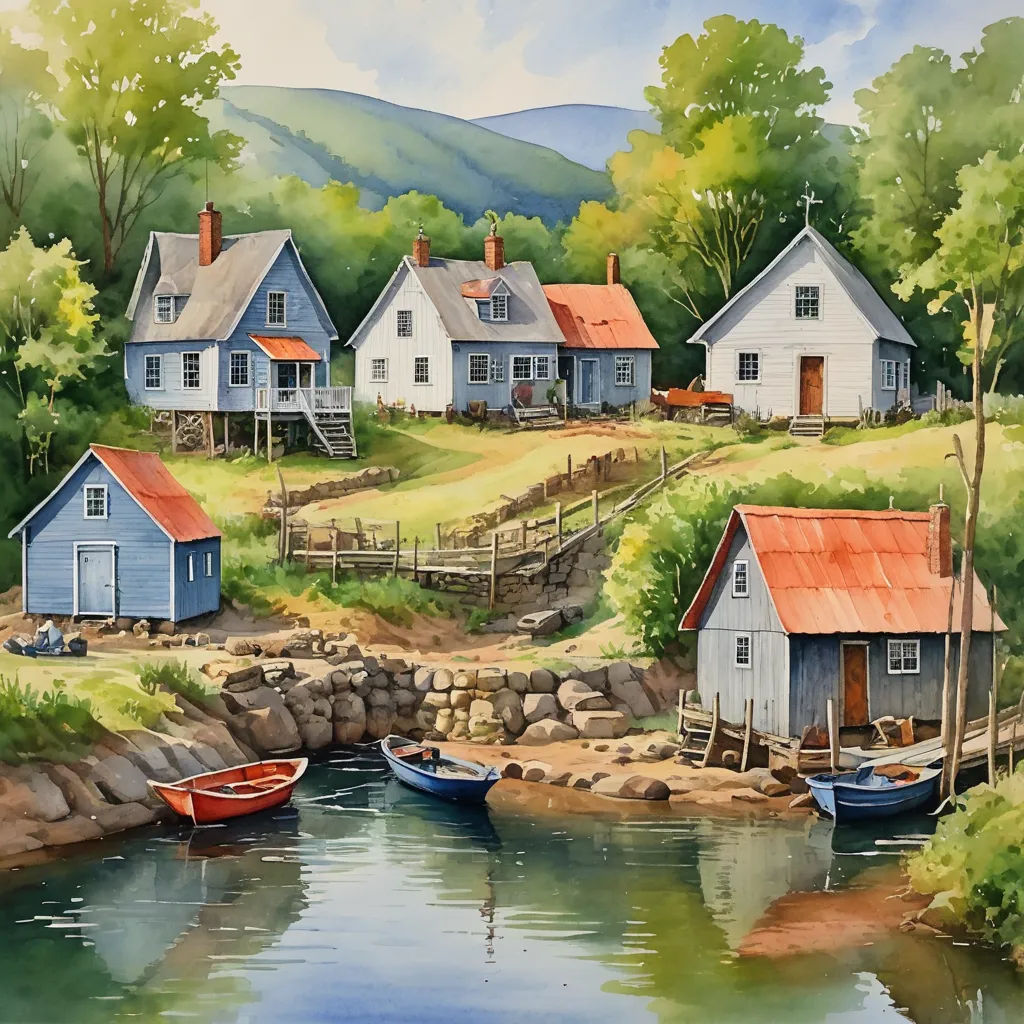
In 1524, a small Dutch settlement named New Amsterdam sat nestled at the edge of a sprawling wilderness, where the Hudson River met the Atlantic Ocean.
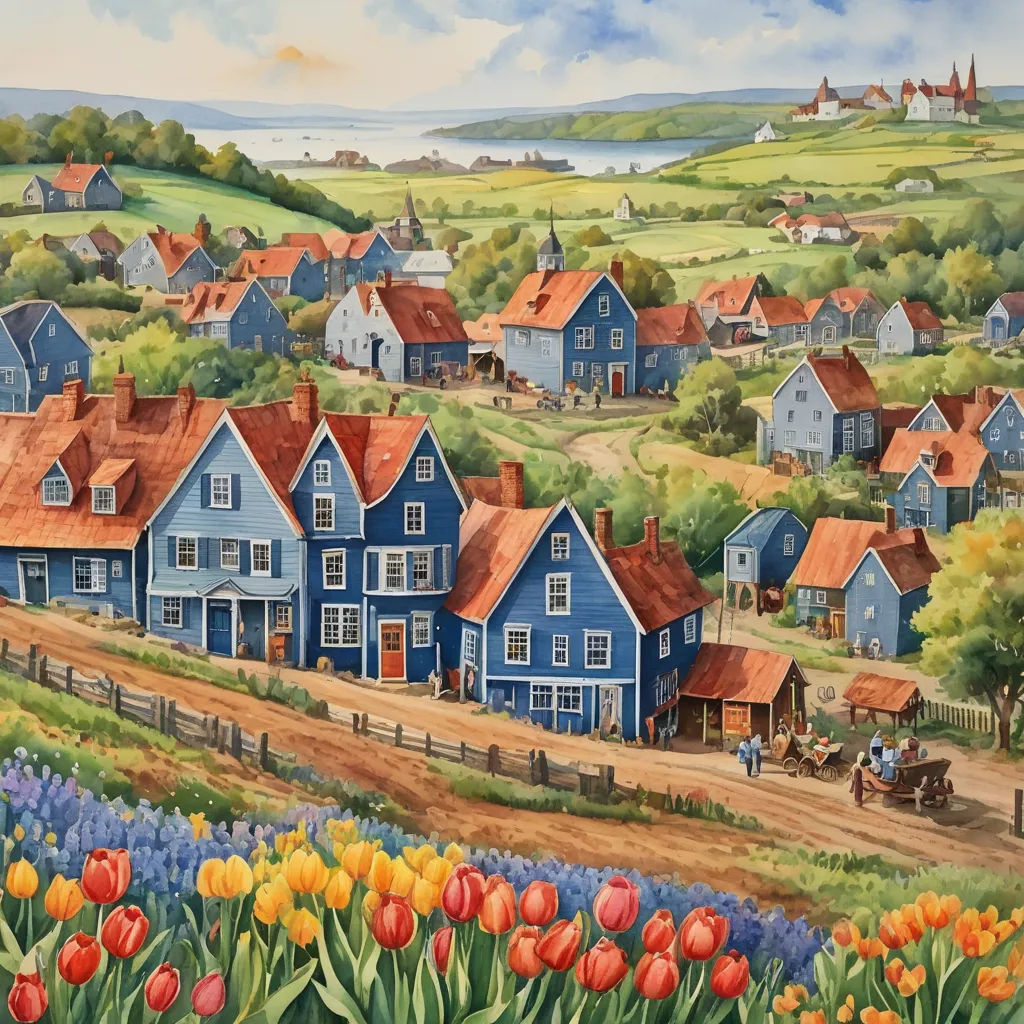
The settlers, mostly farmers and traders, lived in simple wooden houses. They traded with the native Lenape people for furs, and gradually, the settlement grew.
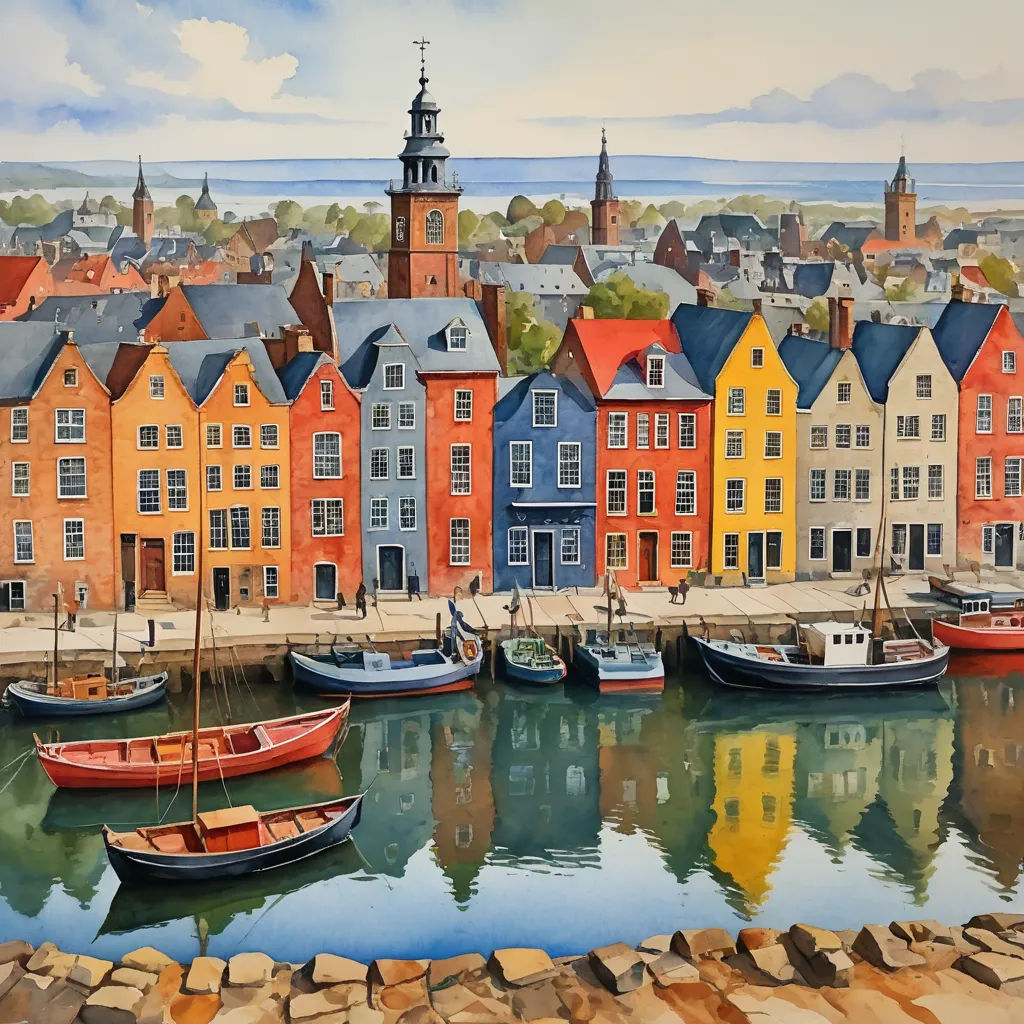
By the mid-1600s, New Amsterdam was bustling with activity. Merchant ships filled the harbor, and the town had grown to include a fort, a church, and a town hall.
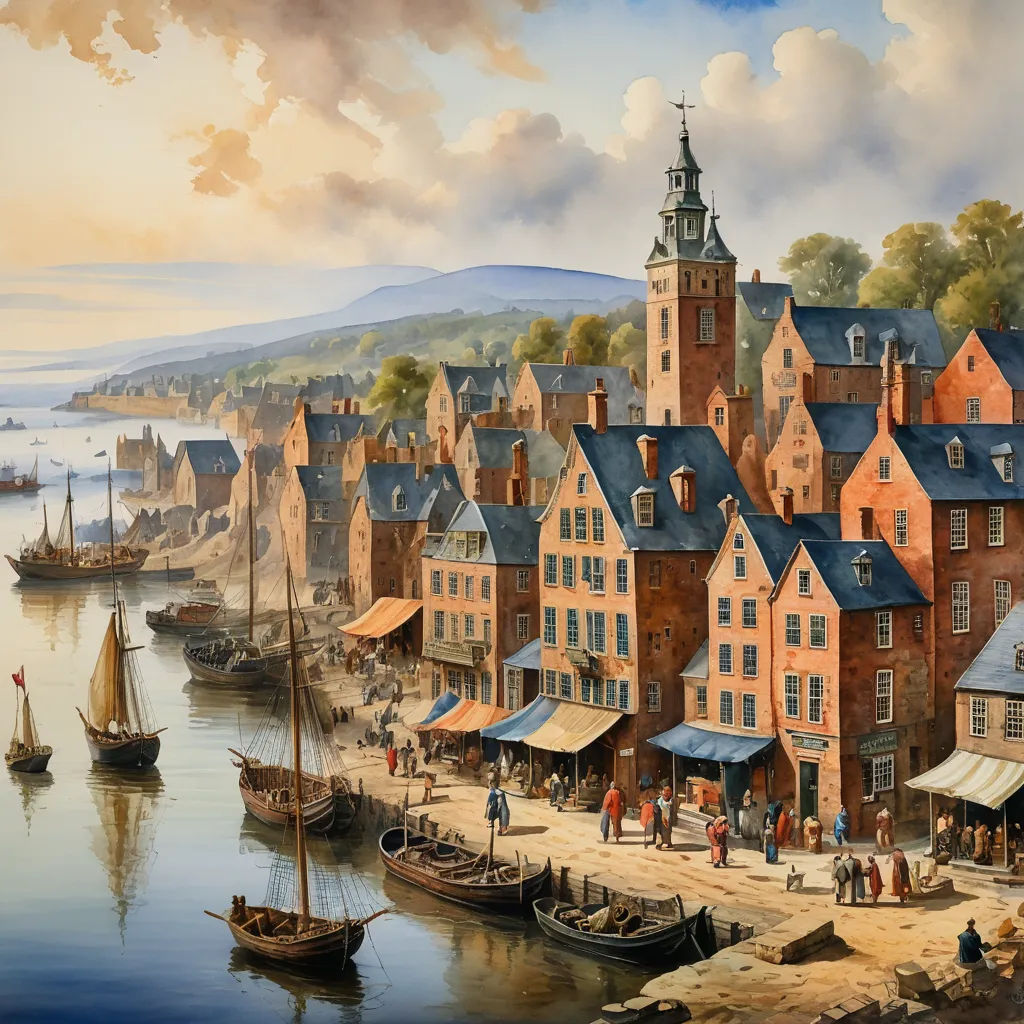
In 1664, the British took control of New Amsterdam and renamed it New York. They expanded the city, introducing new laws and structures.
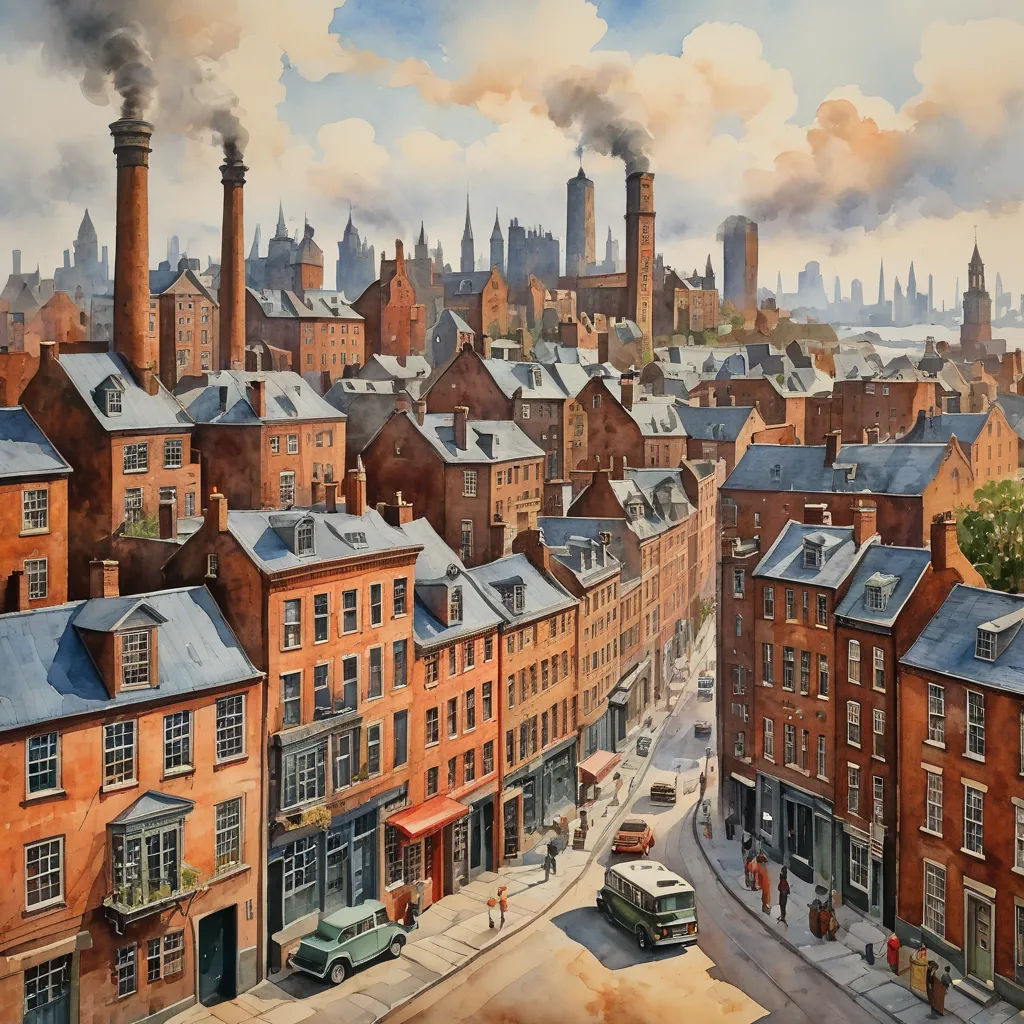
With the advent of the Industrial Revolution in the 19th century, New York began to transform. Factories sprang up, and the city's population exploded.
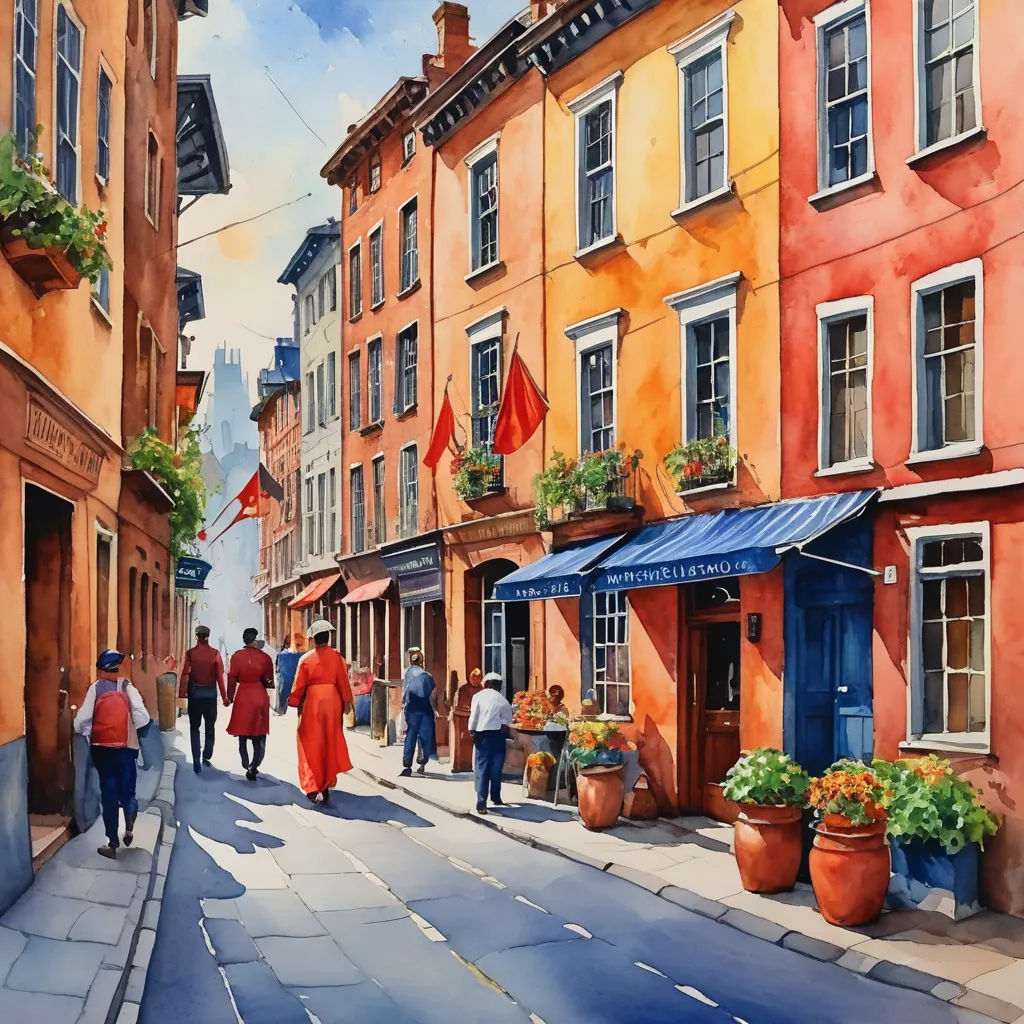
Immigrants from across the globe poured into the city, each bringing their culture, language, and traditions, adding to the city's unique identity.
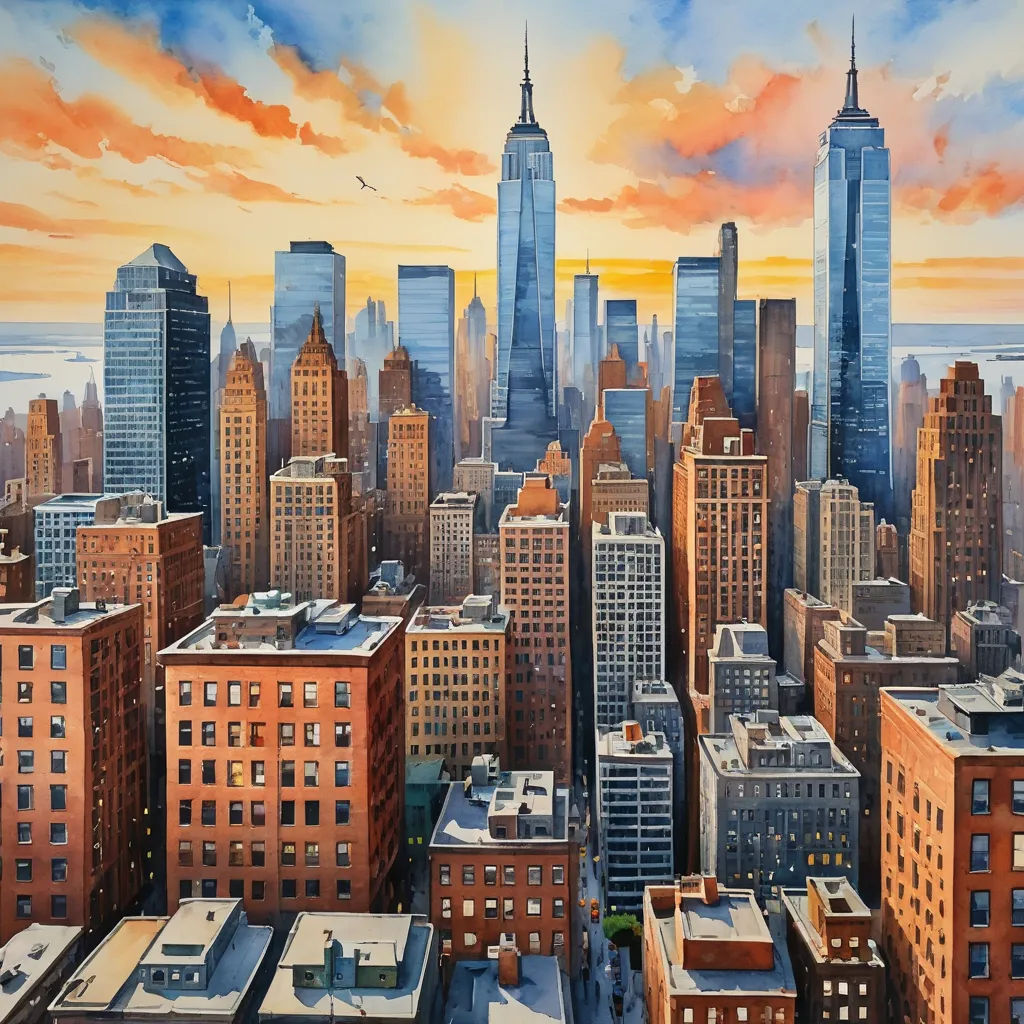
The city grew vertically too. The first skyscrapers appeared, changing the city's skyline forever. New York had become the concrete jungle.
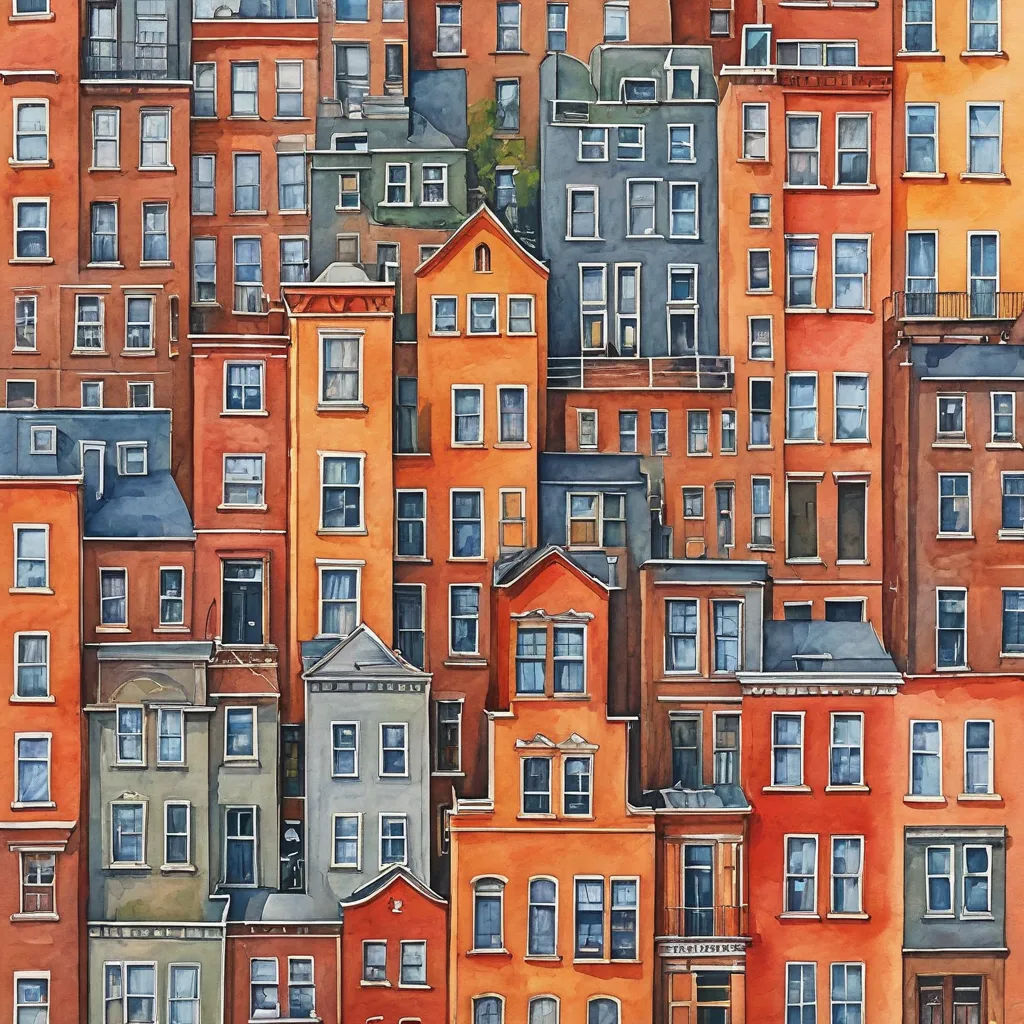
With the 20th century came unprecedented growth. The city expanded beyond Manhattan, incorporating Brooklyn, Queens, The Bronx, and Staten Island.
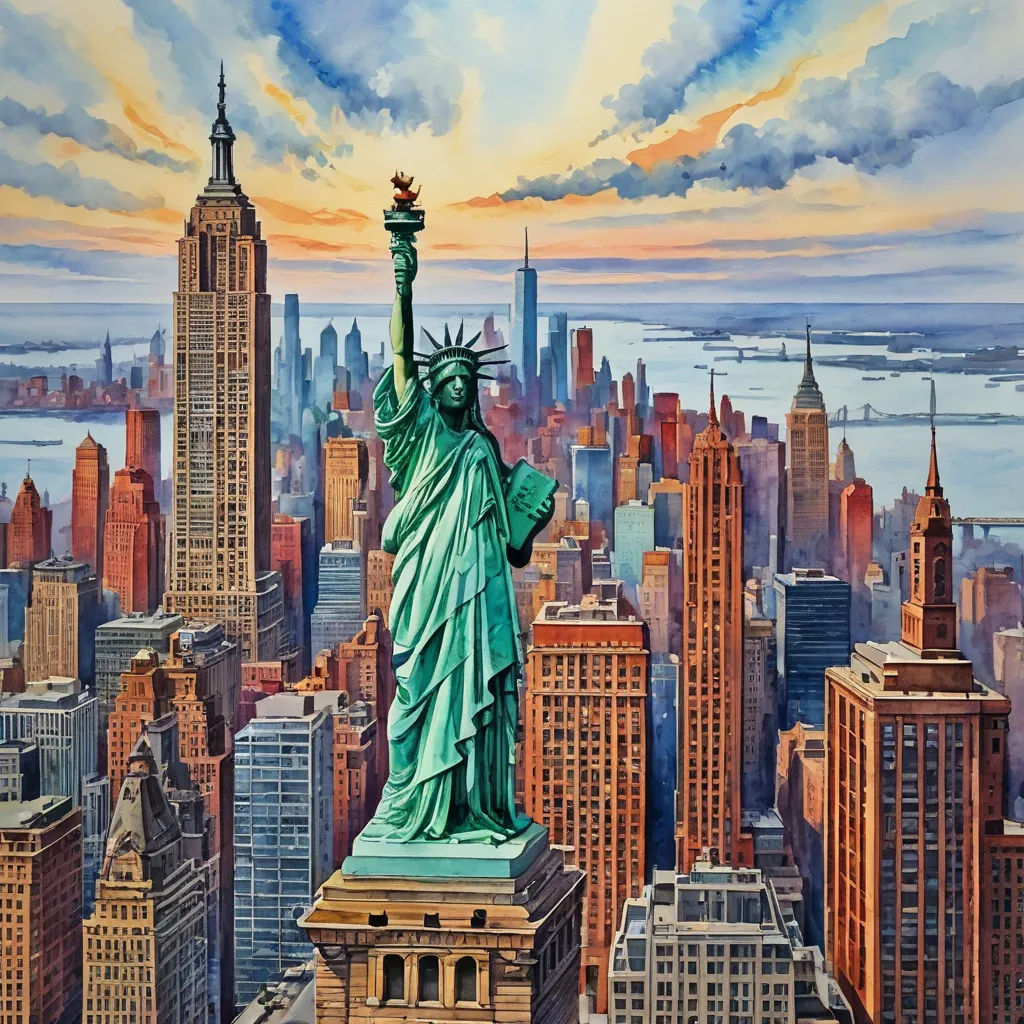
Iconic structures like the Statue of Liberty, the Empire State Building, and the Brooklyn Bridge became symbols of the city's enduring spirit.
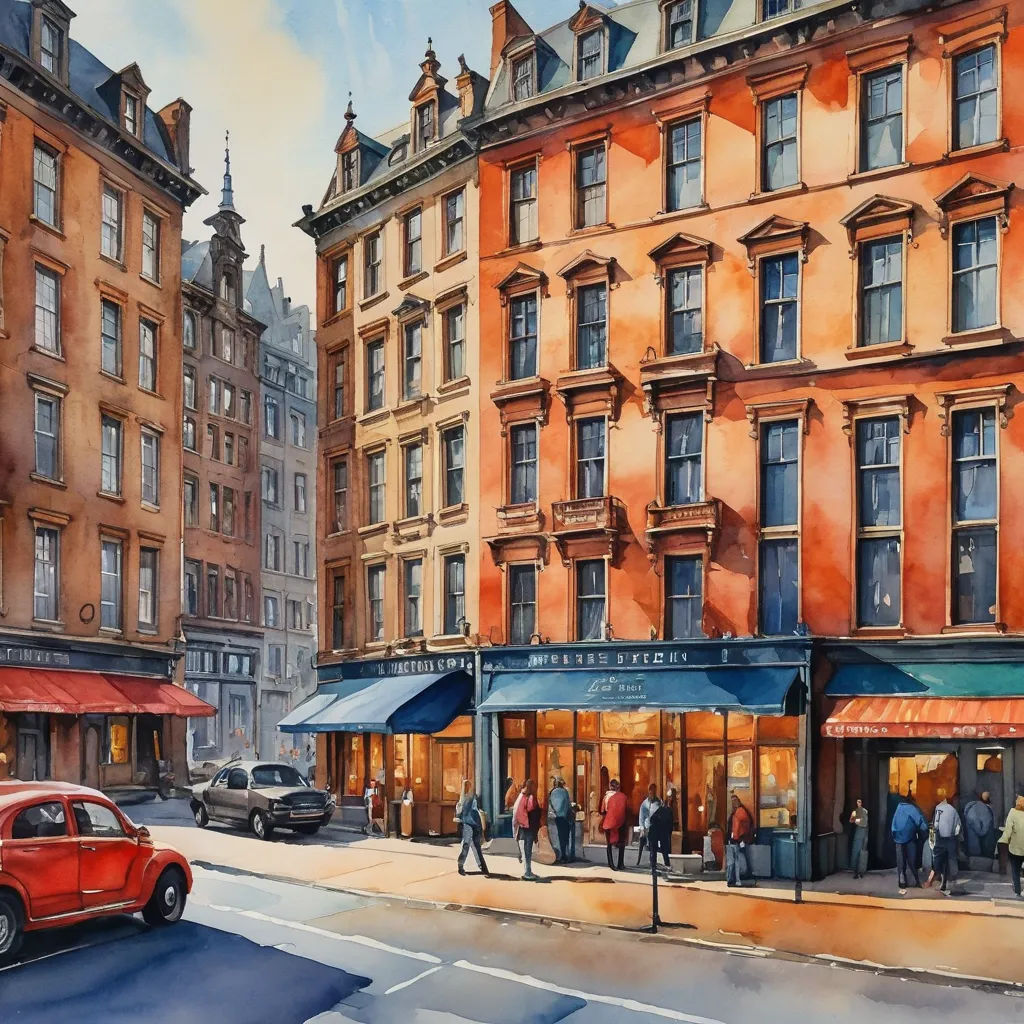
The city also became a hub for arts and culture. Broadway emerged as the home of American theatre, and the Metropolitan Museum of Art opened its doors.
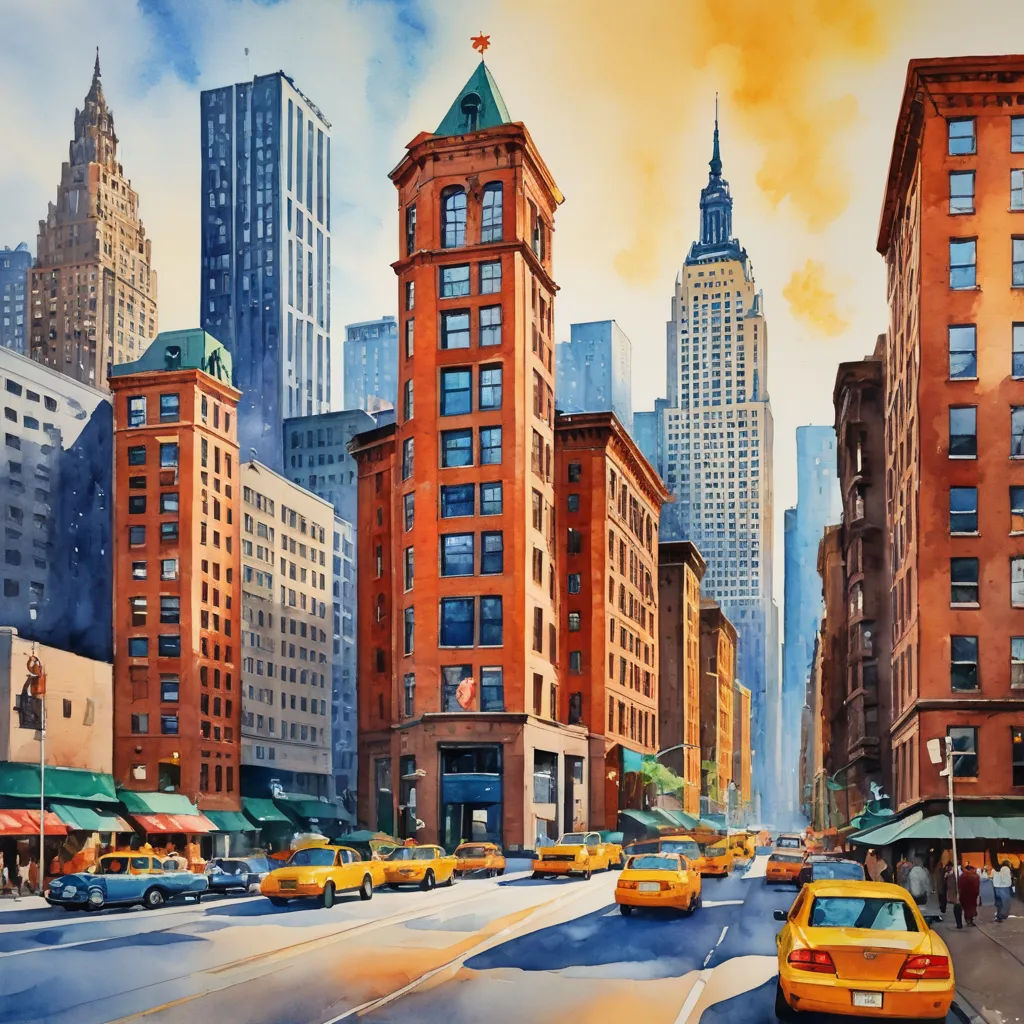
The Great Depression hit New York hard, but the city rebounded with projects like the construction of Rockefeller Center and the opening of the New York Public Library.
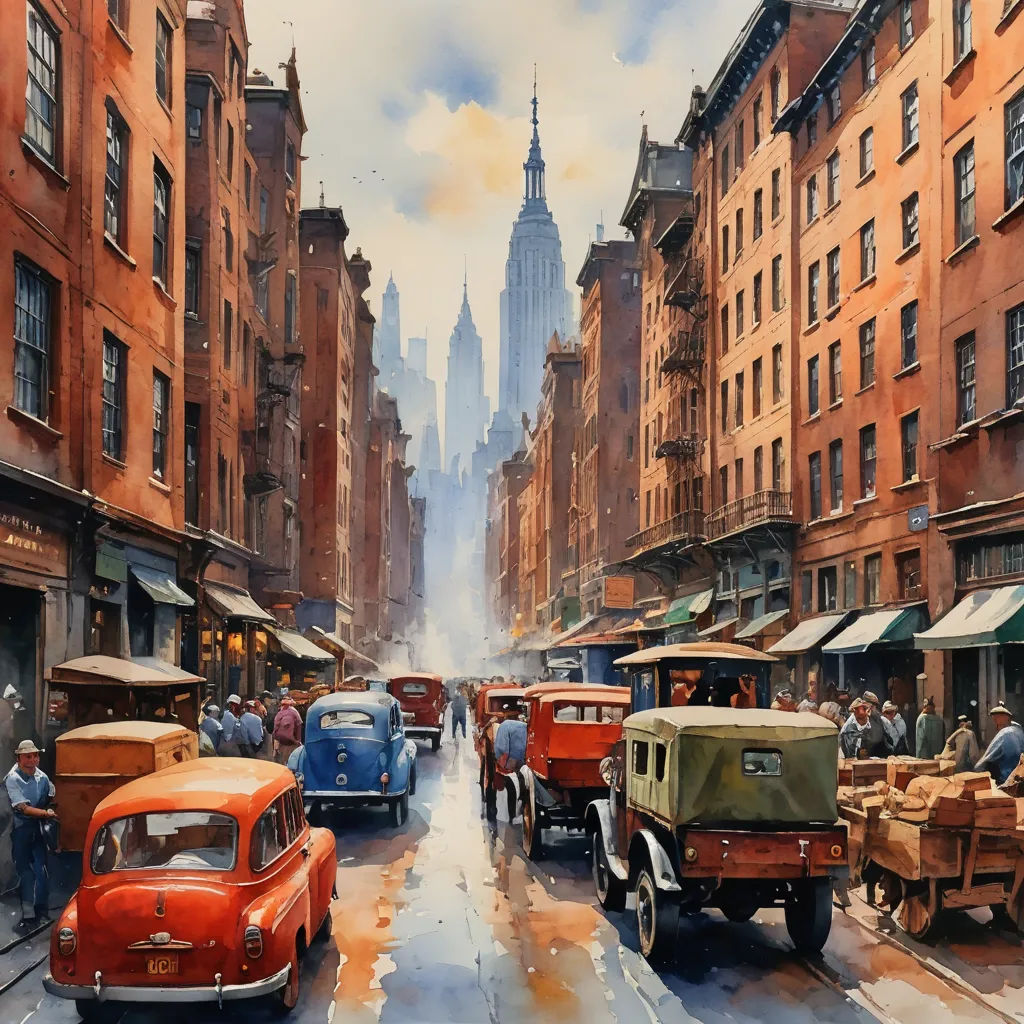
During World War II, New York's ports served as critical hubs for the war effort, reinforcing the city's importance on the global stage.
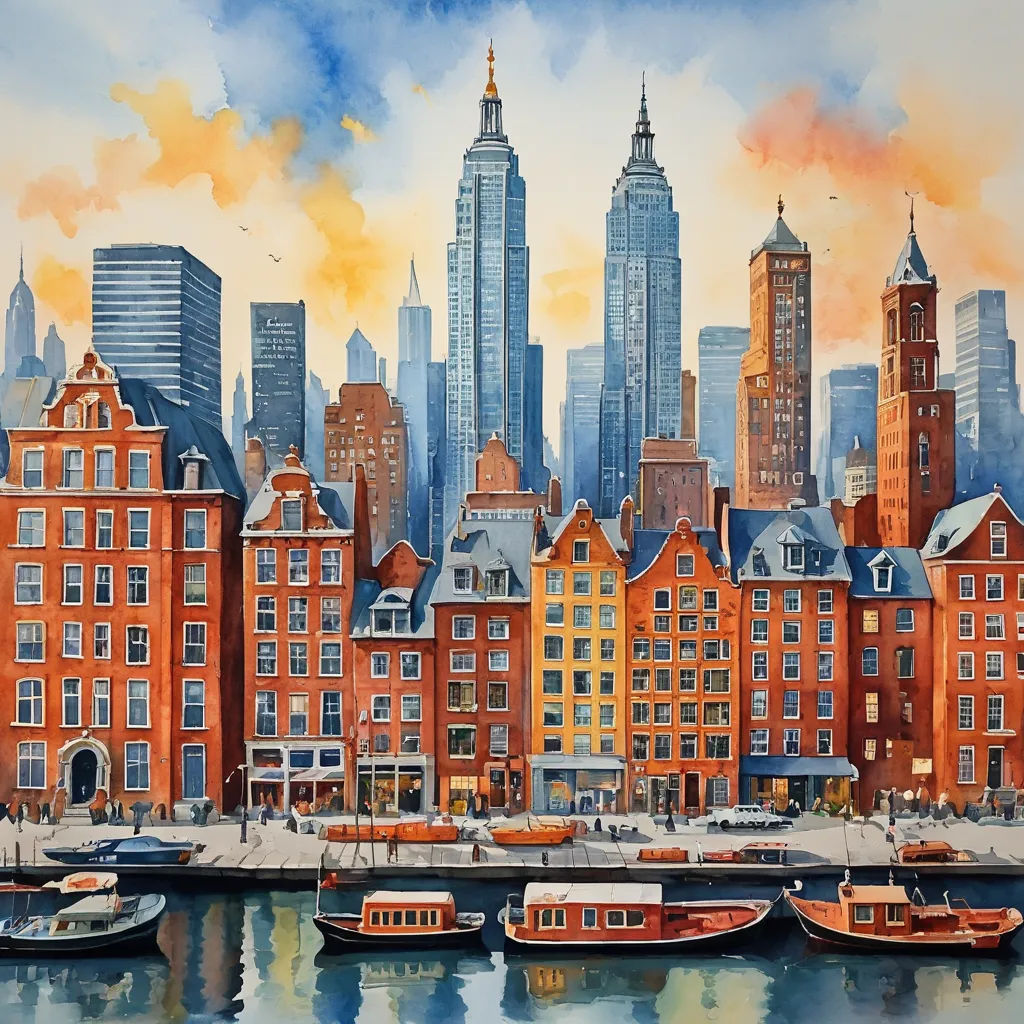
Post-war, New York saw an economic boom. Wall Street emerged as the world's financial hub, and the United Nations Headquarters was established in the city.
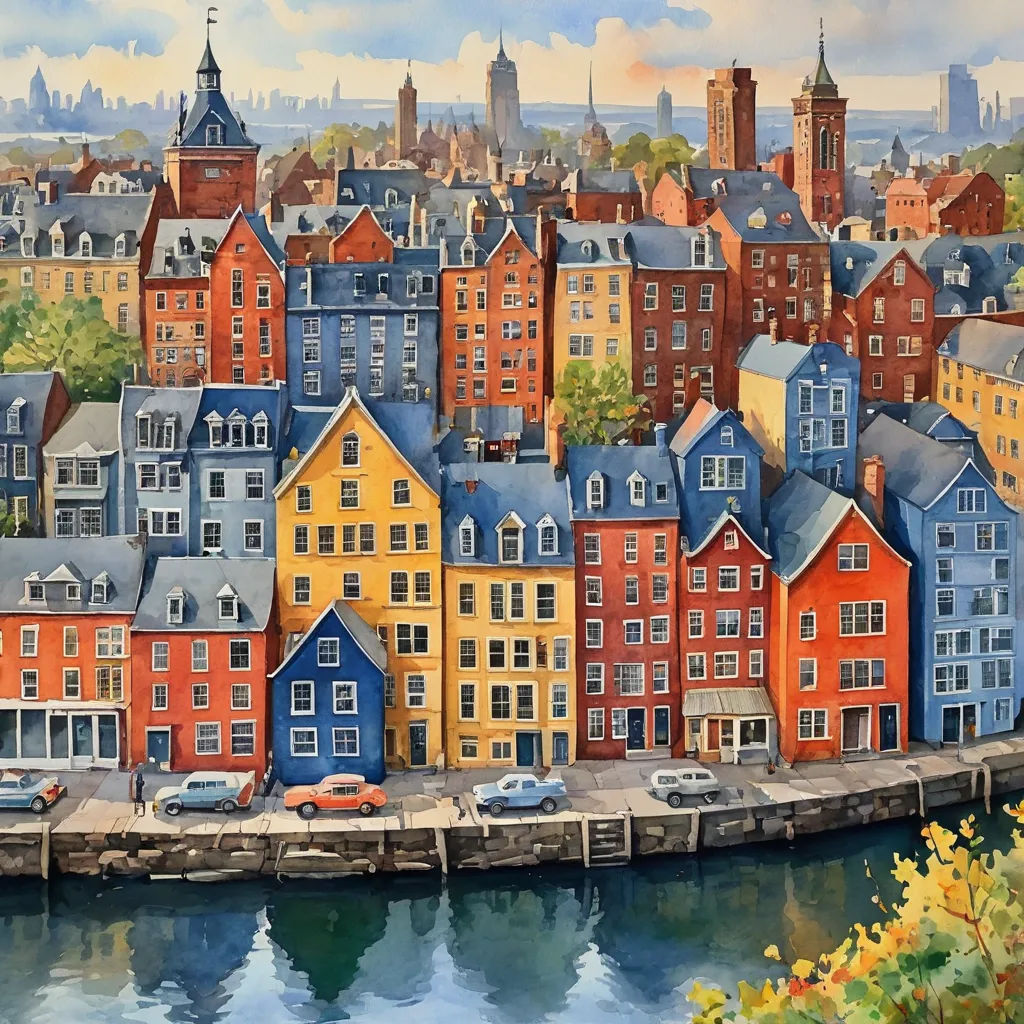
The latter part of the 20th century saw challenges, including economic recession and rising crime rates. However, New York always found ways to bounce back.
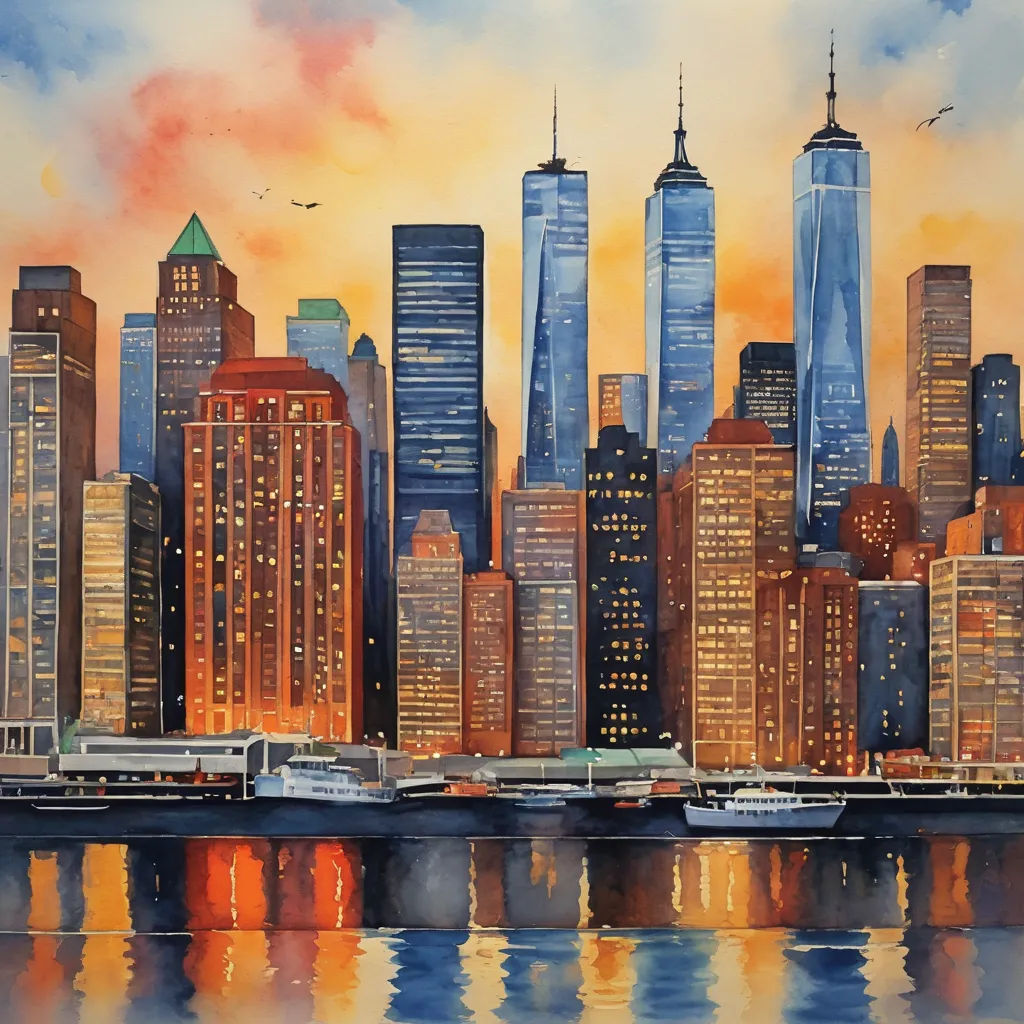
The city was shaken to its core on September 11, 2001. The tragic event united New Yorkers and the world in grief and resilience.
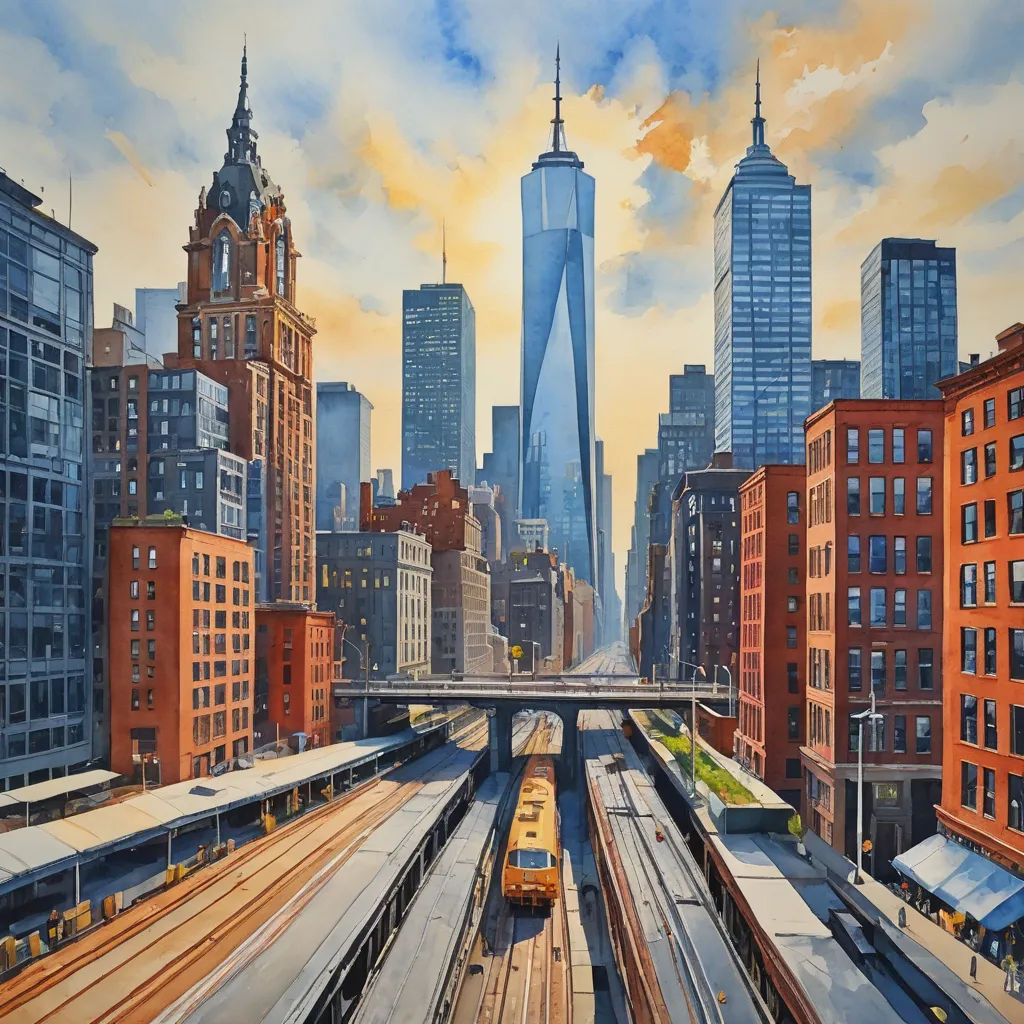
The 21st century brought a renewed sense of optimism. New York continued to grow and evolve, with developments like the High Line and One World Trade Center.
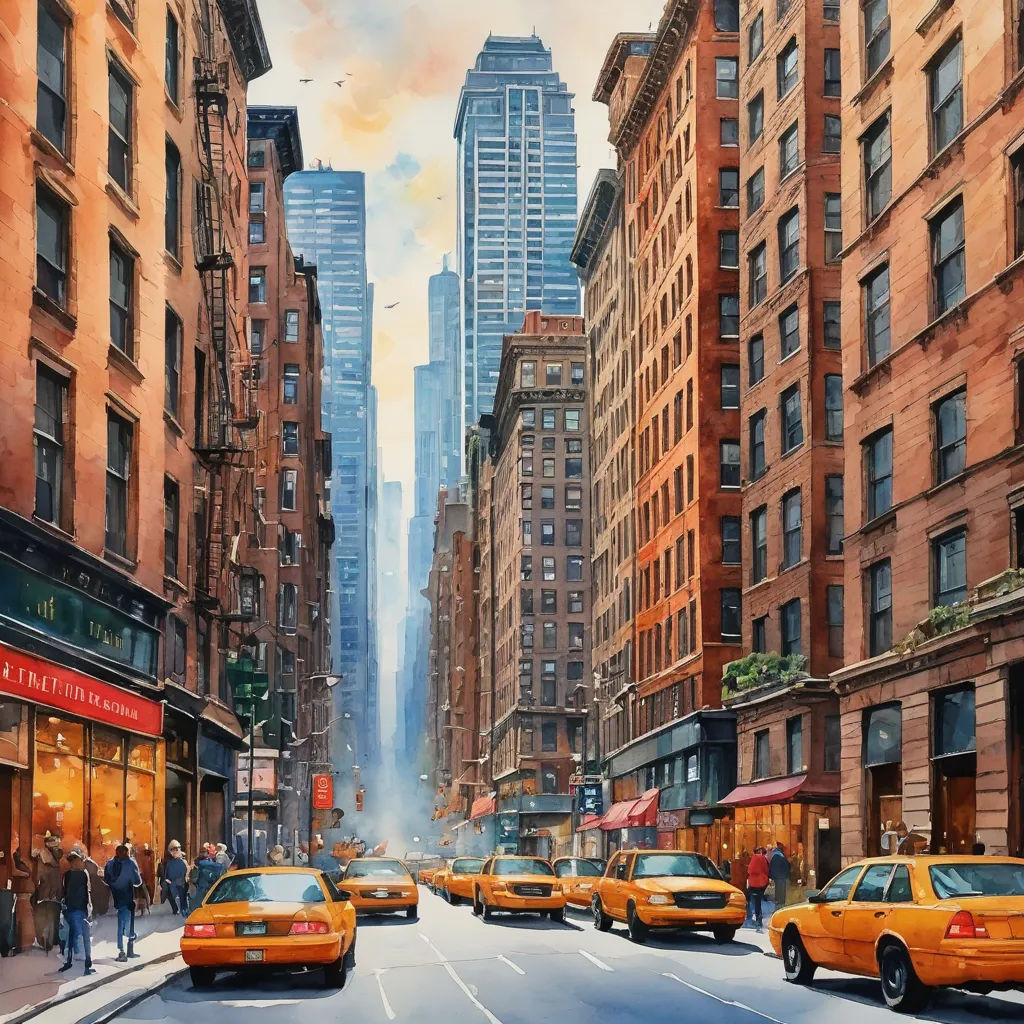
Despite challenges like the 2008 financial crisis and the COVID-19 pandemic, the city's spirit remained unbroken. New York continued to adapt and thrive.
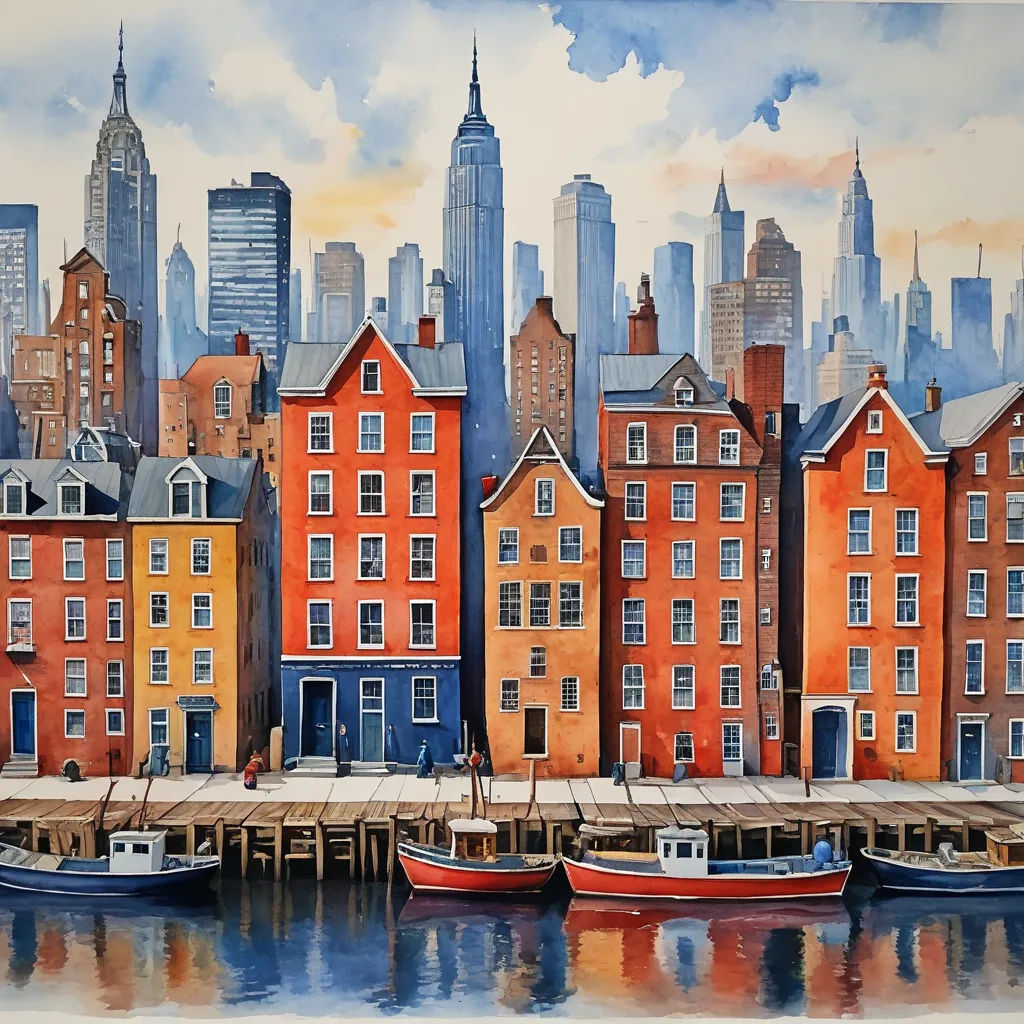
As we look towards 2024, New York stands as a testament to human resilience and innovation. Its story is one of transformation and triumph over adversity.
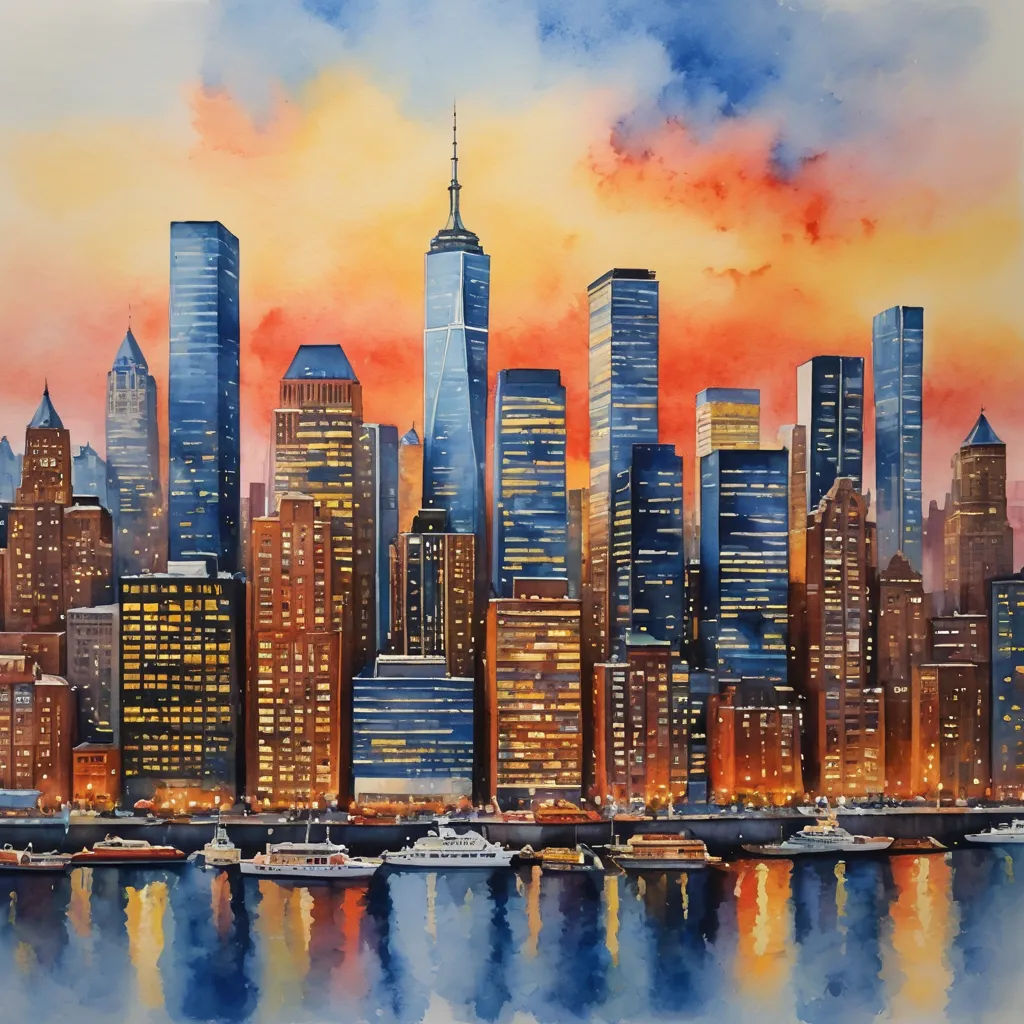
From a small Dutch settlement to a global city, New York has always been a beacon of hope and progress. Its future, like its past, promises to be just as exciting.
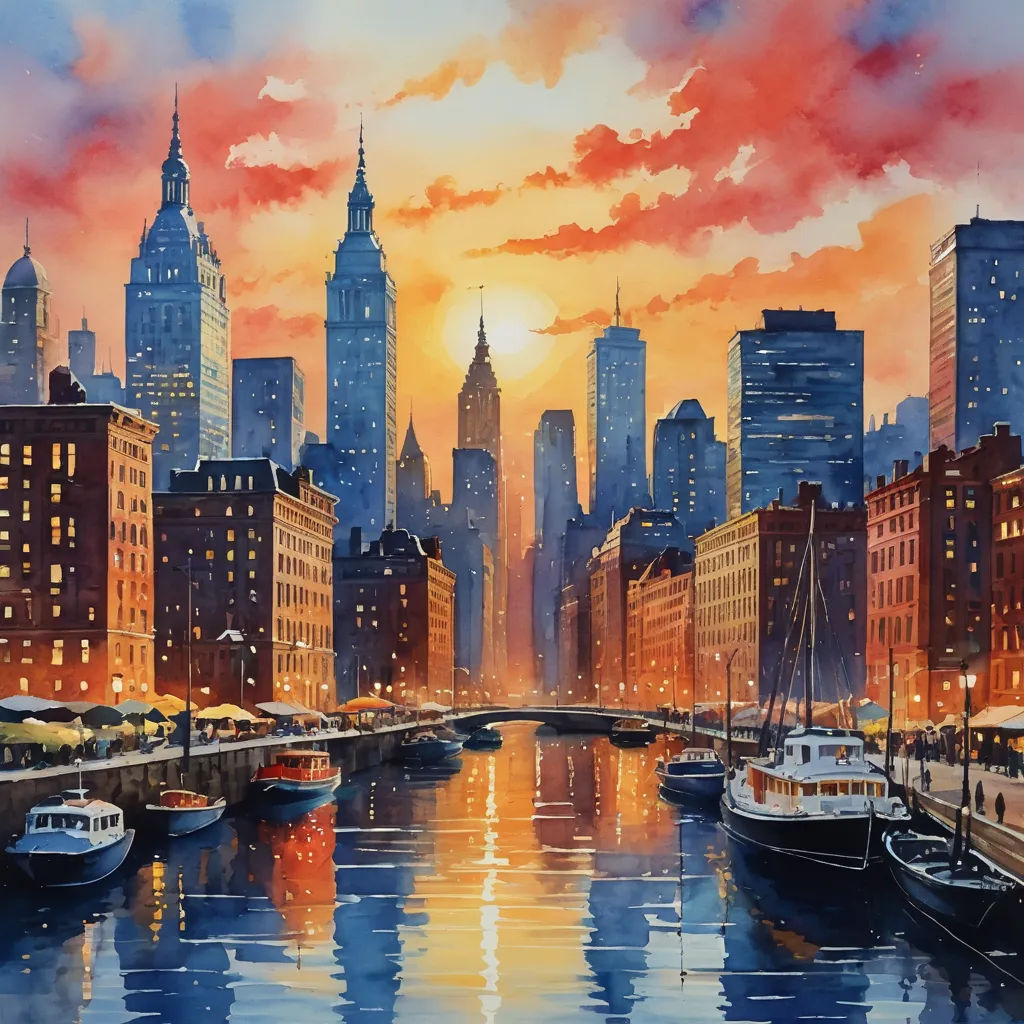
The rise of the concrete jungle is a story of a city that never sleeps, a city that continually evolves, and a city that forever captures the imagination of the world.